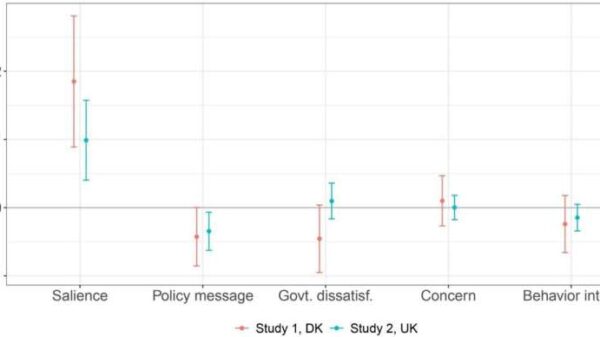The Atacama Cosmology Telescope (ACT) has officially completed its nearly 20-year mission, releasing its final data set that promises to influence the future of cosmology. Located in the Atacama Desert of Chile, this telescope has provided crucial insights into the early universe, cosmic inflation, and the distribution of dark matter. The data release marks the end of an era for the ACT team, but it also heralds new opportunities for cosmological research.
The ACT has been instrumental in advancing our understanding of the universe. With its unique position high in the Andes, the telescope has delivered high-resolution measurements of the cosmic microwave background radiation, the afterglow of the Big Bang. These measurements have enabled scientists to refine their models of cosmic evolution and the fundamental forces that shape the universe.
Significance of the Final Data Release
The final data set includes over 25 terabytes of information, encompassing a wealth of astronomical findings. This extensive collection allows researchers to explore unanswered questions surrounding the universe’s origins and structure. The ACT data is expected to complement other major projects, such as the European Space Agency’s Planck satellite data, offering a more comprehensive view of cosmic history.
Dr. John McMahon, a lead researcher at the ACT, emphasized the importance of collaboration in this project. “The completion of our mission is bittersweet, but the data we have gathered will serve as a foundation for future discoveries,” he stated. The ACT team has made it a priority to ensure that this data remains accessible to scientists worldwide, fostering an environment of collaboration and innovation.
A New Chapter for Cosmology
As the ACT transitions to its next phase, the scientific community is poised to leverage the insights gained from its findings. The release of this data not only concludes the telescope’s operational phase but also sets the stage for new research initiatives. Universities and research institutions worldwide are already planning to utilize the ACT data to test new theories in cosmology and refine existing models.
The ACT’s work has attracted attention from various sectors, including academia and industry, highlighting the broader implications of its findings. As researchers delve into the data, the potential for groundbreaking discoveries increases. The telescope’s legacy will undoubtedly continue, influencing the trajectory of cosmological research for years to come.
Looking forward, the ACT project serves as a testament to the power of scientific inquiry and the importance of long-term investments in research. As the scientific community reflects on the telescope’s achievements, it also prepares for the challenges and possibilities that lie ahead in the quest to understand the universe.



































































